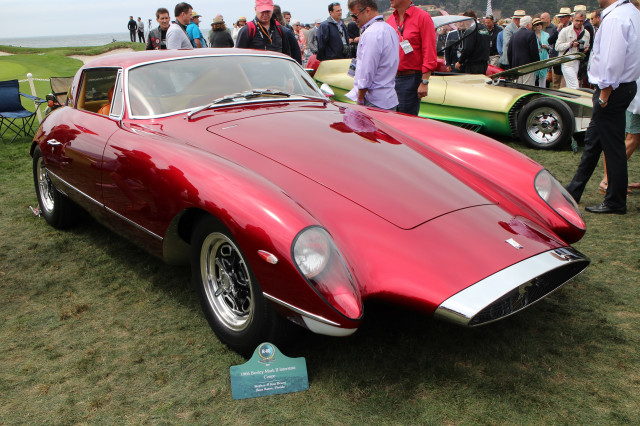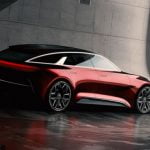They just don’t make dream cars like they used to. And the crowds thronging a special display class at Sunday’s Pebble Beach Concours d’Elegance attested to the popularity of outrageous, over-the-top fantasies of what cars could look like half a century ago.
Called “American Dream Cars of the 1960s,” the group of 10 ranged from a Thirties-inspired street rod to the prototype for a new Studebaker that would never been produced. Set slightly downhill from the core array of “preservation” vehicles still in original paint to immaculately restored classics, the dream cars drew just as many gasps and considerably more smiles.
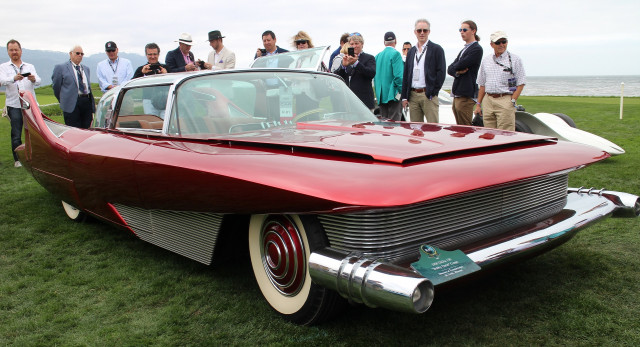
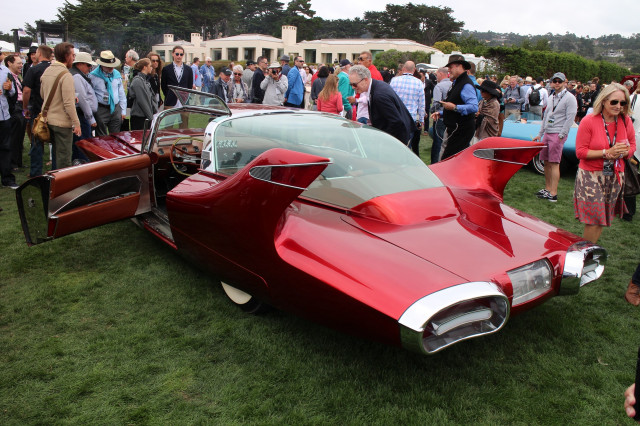
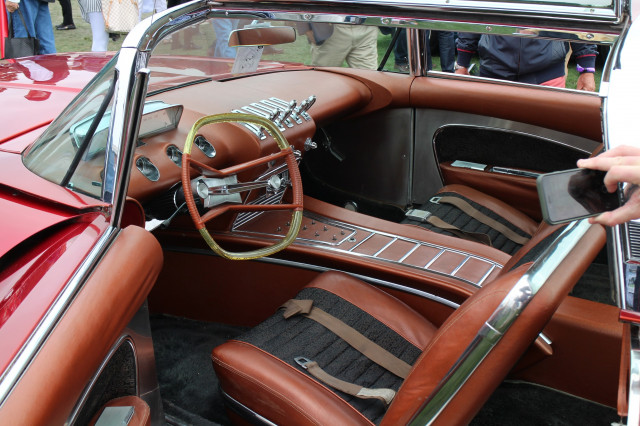
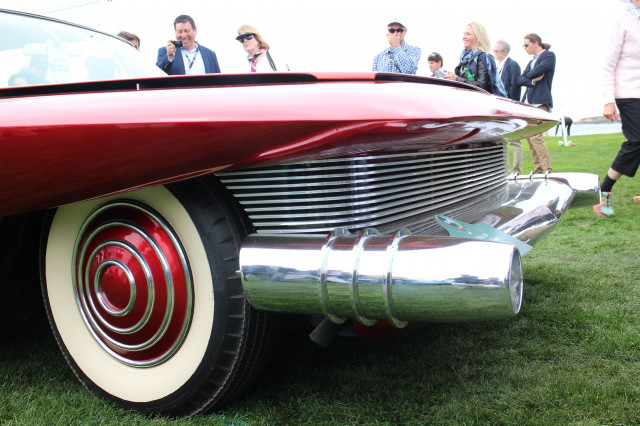
The hit of the group was undoubtedly the 1960 DeDia “Bobby Darin” Coupe, conceived in 1953 by designed Andrew DeDia and realized over seven years. Singer Bobby Darin and his wife, actress Sandra Dee, took it to the 1961 Academy Awards, and it remains as jaw-dropping today as it did then. Very low-slung, with huge convex glass panels and wings that pretty much defy description, the coupe takes 1950s excess to a new, unimaginable, fascinating apogee that was wiped out within years by simpler, squarer, duller designs of 1960s production cars.
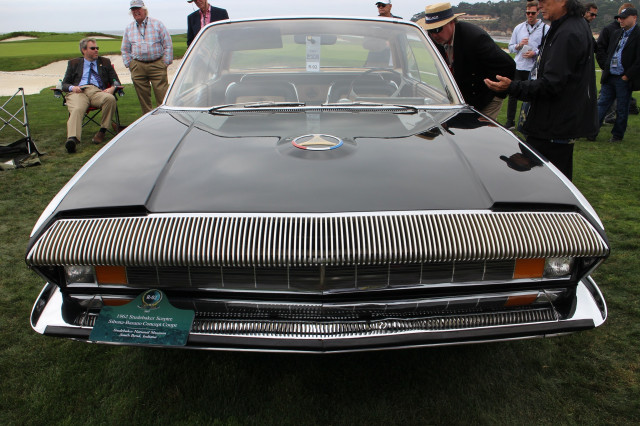
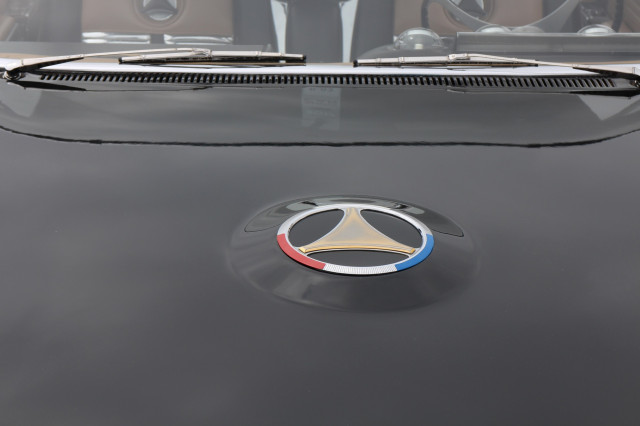
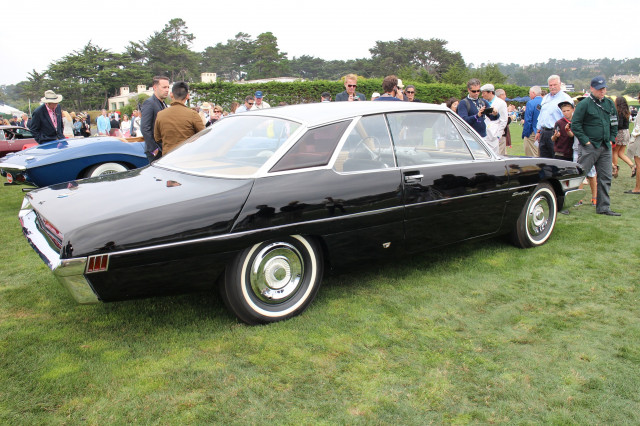
The 1962 Studebaker Sceptre was a design study intended for production in 1966. Designer Brooks Stevens used a full-width Sylvania headlight to minimize glare to oncoming cars, and each side has a different set of trim . The end of Studebaker car production in 1965 meant it will remain a vision for an unrealized future. It’s owned by the Studebaker National Museum in the carmaker’s hometown of South Bend, Indiana.
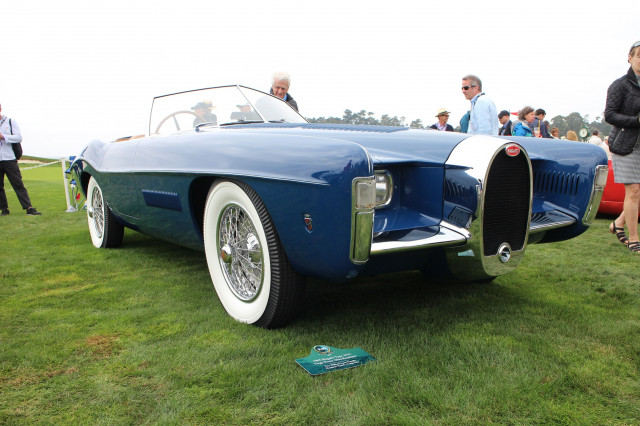 1965 Bugatti Type 101C Virgil Exner Ghia Roadster, 2017 Pebble Beach Concours d’Elegance
1965 Bugatti Type 101C Virgil Exner Ghia Roadster, 2017 Pebble Beach Concours d’EleganceAnother famed auto designer, Virgil Exner, was represented by the 1965 Bugatti Type 101C Ghia Roadster, the last Bugatti ever built of the original company’s postwar existence. Only six chassis were finished of a planned 50 “Type 101” first produced in 1951; the convertible designed by Exner was bodied by Ghia. Exner owned the car himself for many years after production plans fell through.
 Gene Winfield with 1964 Reactor Custom Coupe, 2017 Pebble Beach Concours d’Elegance
Gene Winfield with 1964 Reactor Custom Coupe, 2017 Pebble Beach Concours d’EleganceOther oddities included the 1967 Gyro-X Alex Tremulis prototype, a two-wheeled car with a gyroscope to keep it upright (and training wheels on retractable outriggers as a backup). A variety of concepts, one-offs, and outrageous customs was capped by the presence of customizer Gene Winfield standing by the 1964 Reactor Custom Coupe he built for an Autorama show, later featured on the Batman, Bewitched, and original Star Trek television shows.
Class winners were the 1965 Pontiac Vivant Herb Adams Roadster, followed by the Bosley Mark II Interstate Coupe in second and the 1969 Farago CF 428 Carrozzeria Coggiola Coupe in third place.

